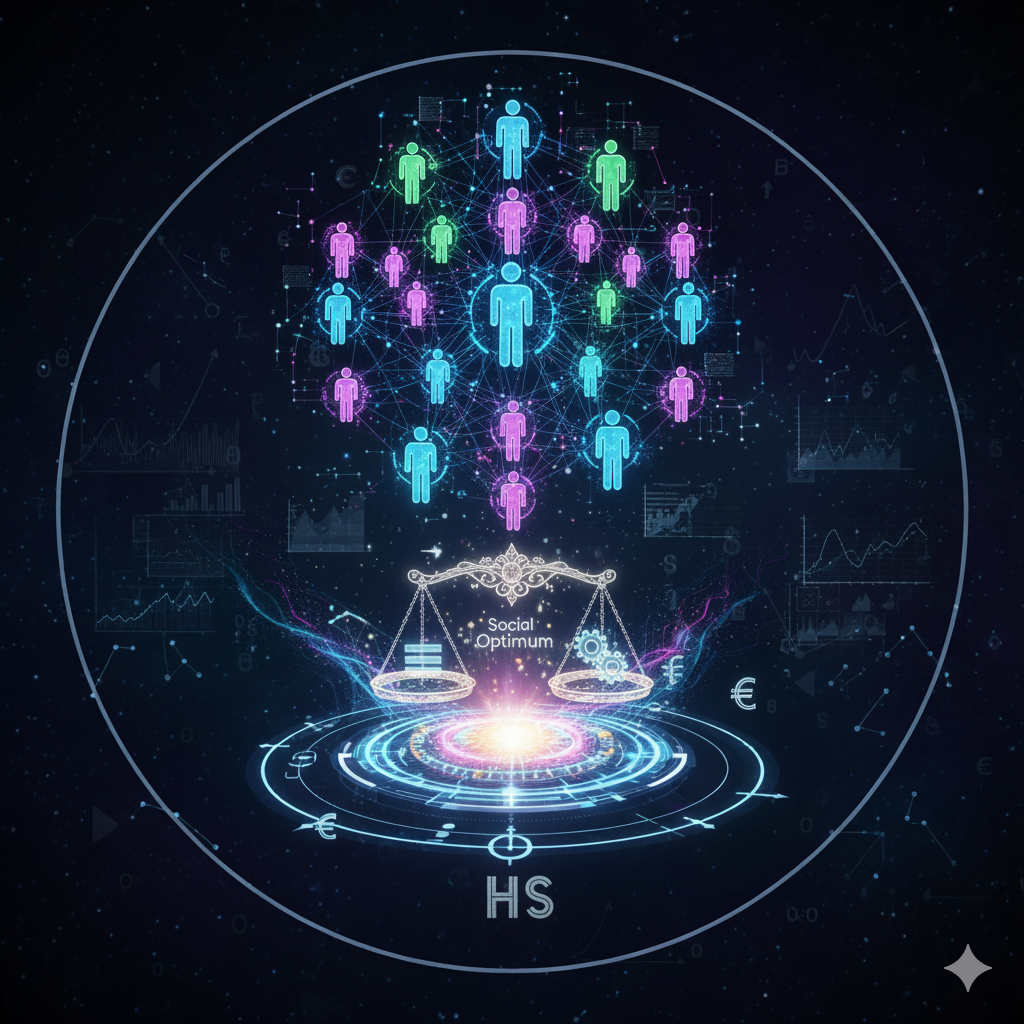The COVID-19 pandemic, which swept across the world in 2020, drastically altered every aspect of human life. From public health to economies and social structures, the world had to grapple with profound challenges. Yet, amid the fear, uncertainty, and grief, cultures worldwide adapted to the new circumstances in innovative ways. Among the many cultural traditions that endured and even thrived, Indian culture stood out for its ability to provide solace, resilience, and a sense of unity.
Indian culture, with its deep-rooted philosophies of spirituality, community, and well-being, played a significant role in not only supporting the Indian populace but also providing valuable lessons to the world during the pandemic. From ancient practices like yoga and Ayurveda to the emphasis on social unity and the importance of family and community, Indian cultural elements resonated with global audiences during the most challenging times.
This article explores how Indian culture made a positive impact worldwide during the COVID-19 pandemic, focusing on spirituality, wellness, technology, art, and community practices that helped people navigate the uncertainty and stress of the period.
1. The Power of Spirituality: Yoga and Meditation
One of the most profound ways in which Indian culture influenced the world during the pandemic was through the widespread adoption of yoga and meditation. India’s ancient spiritual practices, centered around physical, mental, and emotional balance, found a renewed global relevance during a time when anxiety, depression, and stress became prevalent due to the pandemic’s uncertain nature.
1.1 Yoga as a Tool for Mental and Physical Health
Yoga, which combines physical postures, breathing exercises, and meditation, became a crucial tool for people looking to maintain mental and physical health. During lockdowns and quarantines, millions of people worldwide turned to online yoga classes and tutorials as a means of staying active, managing stress, and improving their immune systems. The practice of yoga, with its emphasis on mindfulness and controlled breathing, helped individuals feel more centered and resilient during periods of isolation.
International events like International Yoga Day on June 21st, which India has been advocating for since 2014, became a focal point for global attention. The celebration of yoga not only encouraged people to practice asanas and pranayama (breathing exercises) but also highlighted the spiritual connection between mind, body, and soul. The practice provided a sanctuary for people to cope with the mental toll of the pandemic by promoting a sense of inner peace, resilience, and unity.
1.2 Meditation and Mindfulness for Emotional Healing
In addition to yoga, meditation practices rooted in Indian philosophy gained immense popularity worldwide. Practices such as Vipassana, Transcendental Meditation, and Mindfulness Meditation helped individuals manage anxiety, enhance focus, and foster emotional well-being. As the world grappled with isolation, meditation became a vital tool for introspection and self-care, offering people a sense of calm and stability in the face of unprecedented uncertainty.
The idea of focusing on the present moment, a central theme in mindfulness practices, resonated with people who were overwhelmed by the constant barrage of news and global changes. Many individuals and groups began incorporating daily meditation sessions into their routines, helping them stay grounded during lockdowns and periods of isolation.
2. Ayurveda and Traditional Healing Practices
Alongside yoga and meditation, Ayurveda, the ancient Indian system of medicine, also gained significant attention during the pandemic. Ayurveda, with its emphasis on holistic health, immunity, and natural remedies, provided an alternative approach to coping with the health challenges posed by the coronavirus.
2.1 Ayurvedic Immunity Boosting Practices
As people sought ways to strengthen their immune systems during the pandemic, Ayurvedic remedies based on natural herbs, dietary practices, and lifestyle modifications came to the forefront. Products like turmeric, ginger, holy basil (tulsi), and ashwagandha became popular worldwide for their purported immune-boosting and anti-inflammatory properties. These herbs have long been used in Indian culture to enhance vitality and improve overall health, and during the pandemic, they found global resonance as individuals looked for ways to protect themselves from illness.
Many people also turned to Ayurvedic principles of doshas (body constitutions) to personalize their health routines. The idea of creating balance in one’s body and mind through diet, lifestyle changes, and natural therapies echoed with the growing global interest in self-care and wellness.
2.2 The Importance of Mental Well-being in Ayurveda
Ayurveda also emphasized the importance of mental health, aligning with the increasing global recognition of the need for emotional well-being during the pandemic. Practices such as Pranayama (breathing exercises), herbal teas for stress relief, and mindfulness-based Ayurvedic rituals helped individuals manage the emotional stress and uncertainty caused by the pandemic.
The concept of Sattva (mental purity) in Ayurveda encouraged individuals to maintain calm, positive states of mind, which were essential during such tumultuous times. The recognition of mental health as an integral part of well-being resonated across cultures, leading many to explore Ayurvedic methods for managing mental stress, fatigue, and depression.
3. Indian Art and Culture: A Source of Comfort and Connection
In a time of social distancing and restrictions on physical gatherings, the global appeal of Indian music, dance, and art offered comfort and connection. The pandemic heightened the importance of cultural expressions that could bridge physical and emotional distances, and Indian art forms were especially effective in fostering a sense of community and togetherness.
3.1 Classical Music and Dance as Virtual Experiences
Indian classical music and dance forms, such as Hindustani and Carnatic music, Bharatanatyam, Kathak, and Odissi, found new audiences during the pandemic. Virtual performances, online concerts, and classes brought these ancient traditions into homes worldwide, offering solace and beauty during times of isolation. Music, especially ragas (melodic modes), were found to have therapeutic effects, promoting emotional healing and reducing stress. Many musicians offered online performances to lift the spirits of people struggling with the emotional toll of the pandemic.
3.2 Bollywood: A Global Cultural Phenomenon
Bollywood also made a significant impact during the pandemic as people across the world turned to Indian films for entertainment, comfort, and distraction. With the closure of theaters, streaming platforms became a lifeline for many. Bollywood films, known for their vibrant songs, colorful dance numbers, and emotional storytelling, provided a sense of joy and escapism. The relatable themes of family, resilience, and hope in Bollywood narratives resonated deeply with global audiences.
4. Community and Social Unity: The Indian Spirit of Seva
One of the core tenets of Indian culture is the idea of seva (selfless service). During the pandemic, this spirit of giving and community support was visible worldwide, as individuals and organizations took proactive steps to help those in need. Indian cultural values emphasizing family, community, and collective responsibility inspired many people to come together to assist in pandemic relief efforts.
4.1 Helping the Vulnerable: Indian Philanthropy on the Global Stage
India’s charitable organizations, including both religious and secular groups, played a critical role in providing food, medical supplies, and emotional support to vulnerable communities, both in India and across the globe. Internationally, Indian diaspora communities also took the initiative to help in local pandemic relief efforts, providing aid to hospitals, supporting frontline workers, and organizing virtual fundraisers. Indian cultural values of charity and compassion influenced many to adopt similar approaches in their own countries.
5. The Role of Indian Cuisine in Promoting Health and Well-being
Indian cuisine, known for its emphasis on spices, herbs, and balanced diets, also contributed to global health and wellness discussions during the pandemic. The rich flavors of Indian cooking, combined with its health benefits, encouraged people worldwide to explore the healing properties of spices like turmeric, cumin, coriander, and garlic. These spices, which have long been a part of Indian culinary traditions, were celebrated for their anti-inflammatory and immune-boosting properties during the pandemic.
Cooking Indian food at home became a comforting activity for many individuals, as it brought a sense of connection to culture and tradition. It also offered a way for families to bond and create new rituals around meals during the lockdowns.
6. Conclusion: The Enduring Global Impact of Indian Culture
The COVID-19 pandemic presented unprecedented challenges to the world, but it also highlighted the resilience of human cultures in the face of adversity. Indian culture, with its deep philosophical, spiritual, and wellness traditions, played a crucial role in offering people tools for coping with the psychological, physical, and emotional challenges of the pandemic.
Through the global embrace of yoga, Ayurveda, meditation, music, dance, and community service, Indian culture proved to be not just a means of survival during difficult times but a source of healing, unity, and hope. It allowed people to transcend geographical and cultural boundaries and come together in shared experiences of resilience and well-being. As the world continues to recover and rebuild from the pandemic, the influence of Indian culture remains a powerful force for global healing and connection.




